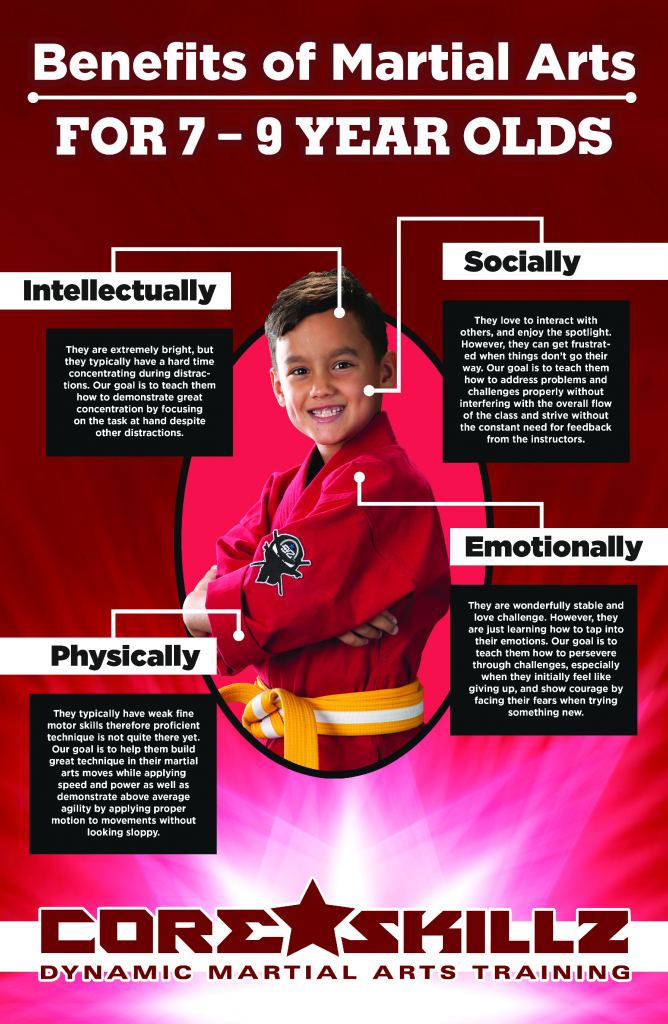The Worldwide Trip And Growth Of Martial Arts Throughout History
The Worldwide Trip And Growth Of Martial Arts Throughout History
Blog Article
Write-Up Created By-Sutton Fallon
Martial arts have an interesting background that extends centuries and continents. You might discover it fascinating exactly how old methods like Shuai Jiao and Kalaripayattu laid the groundwork for modern-day combat techniques. These techniques not just stress physical skills yet additionally show the cultures that birthed them. As you discover their development, think about exactly how globalization has changed these typical types right into hybrid styles. What impacts do you believe have shaped today's martial arts landscape?
Ancient Martial arts: The Structures of Combat
As you look into the globe of old martial arts, you'll discover the abundant foundations that shaped combat strategies across societies. Early methods concentrated on Self-Defense and survival, typically integrating strikes, hurting, and weaponry.
In old China, for example, methods like Shuai Jiao stressed throws and joint locks, while India's Kalaripayattu showcased dexterity and liquid activity. Japanese samurai established Kenjutsu, a refined swordsmanship that highlighted technique and technique.
These martial arts served not just for battle but also as a means of individual advancement, instilling values like respect and determination. The mixing of these strategies over time laid the groundwork for the varied martial arts you see today, each reflecting the special philosophies and demands of its culture.
The Cultural Impact on Martial Arts Advancement
While martial arts commonly reflect the useful requirements of a culture, they additionally symbolize the social worths and ideas of their beginnings. When you discover various martial arts, you'll observe just how they're affected by religion, philosophy, and social norms.
As an example, the emphasis on regard and discipline in Japanese martial arts comes from Zen Buddhism and samurai culture. In contrast, Brazilian Jiu-Jitsu advertises adaptability and technique, formed by the need for efficiency in a diverse, multicultural setting.
You could locate that the routines, attires, and training approaches reflect a neighborhood's background and identity. By comprehending these cultural impacts, you deepen your admiration of martial arts and their role in shaping human experiences around the world.
Modern Adaptations and the Globalization of Martial arts
Martial arts have actually transformed significantly in recent decades, adjusting to contemporary society and international impacts. You'll see that standard kinds have mixed with modern techniques, producing hybrid styles like mixed martial arts. These adaptations satisfy diverse audiences, making martial arts accessible and attractive around the world.
With what martial arts should kids learn of social media sites and digital platforms, you can find tutorials and competitors from all edges of the world, breaking geographical obstacles. This globalization has actually caused a common admiration for various disciplines, from Brazilian Jiu-Jitsu to Taekwondo.
As you involve with these arts, you'll realize they're not nearly battle; they advertise health and fitness, discipline, and psychological well-being.
Inevitably, modern-day adaptations have enhanced the martial arts landscape, making it a dynamic and advancing technique.
Conclusion
In exploring the history and evolution of martial arts, you discover a remarkable mix of techniques, cultures, and approaches. From old self-controls like Shuai Jiao and Kalaripayattu to the contemporary versatility seen in MMA, martial arts mirror humanity's quest for Self-Defense and personal growth. As who taught spider man martial arts involve with these methods, you not only gain skills however likewise a much deeper gratitude for the diverse practices that form our world today. So, continue your trip and welcome the art of fight!
